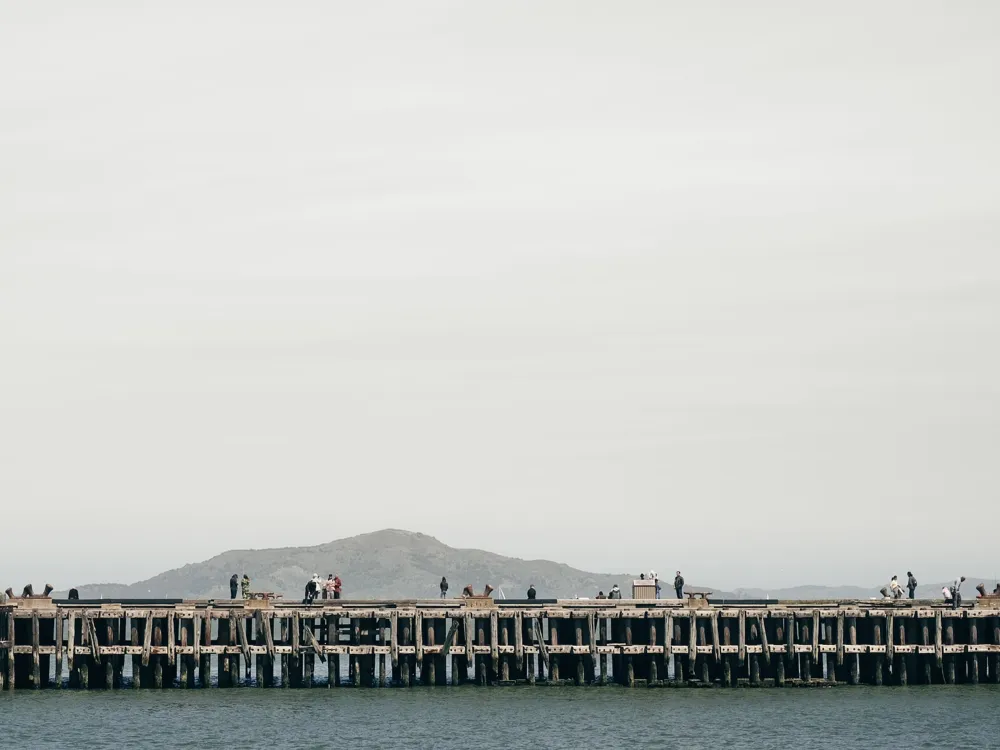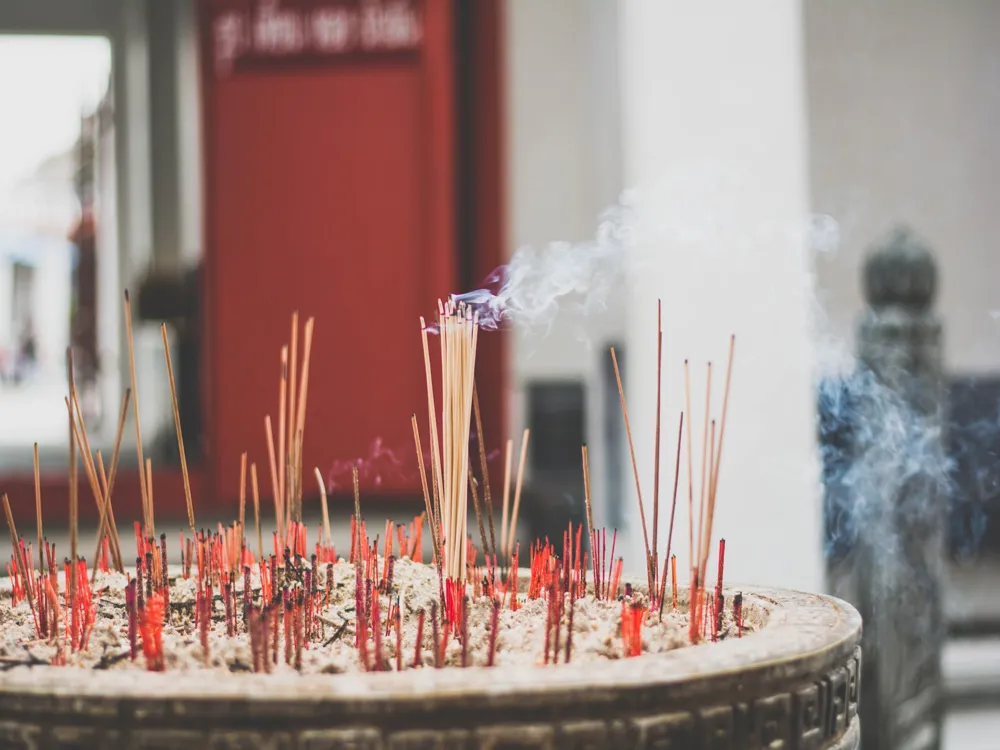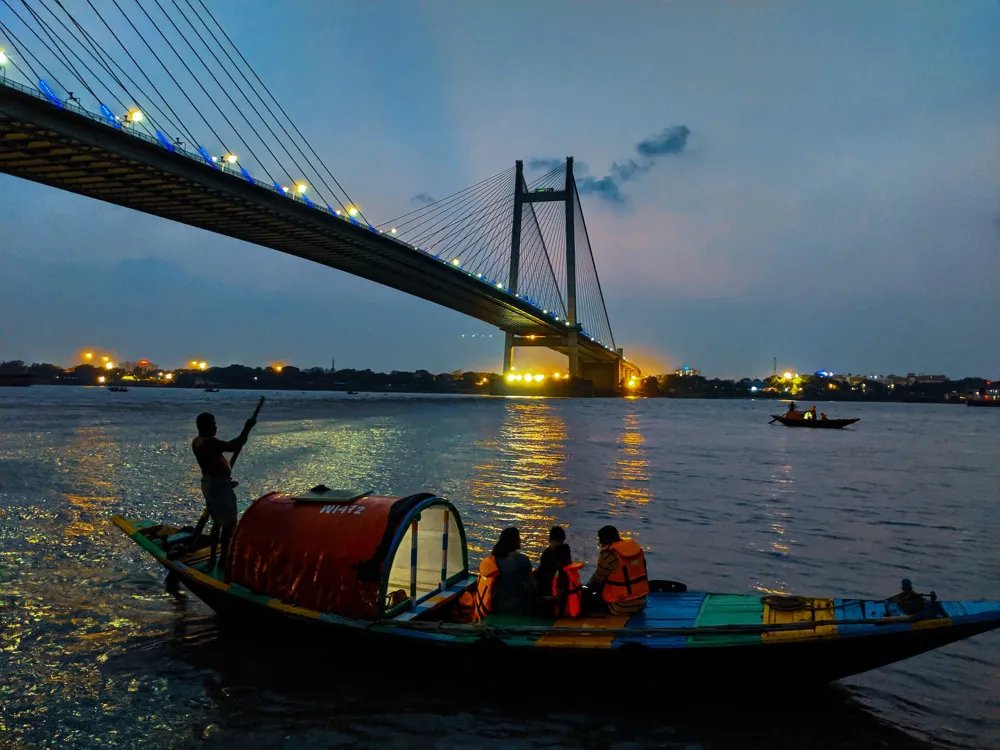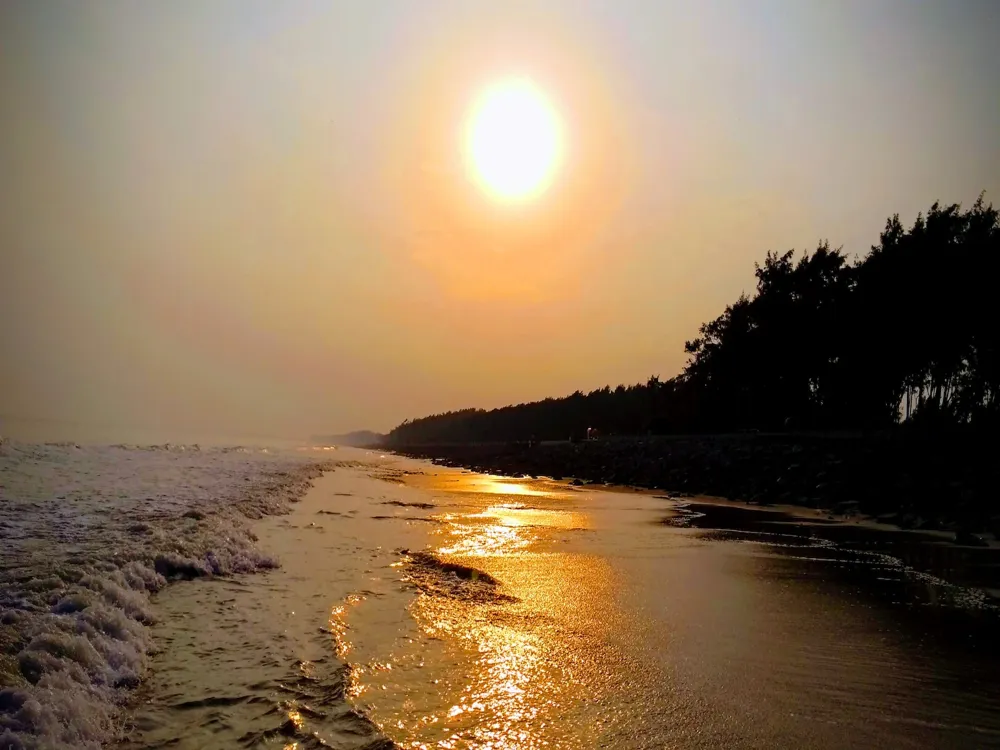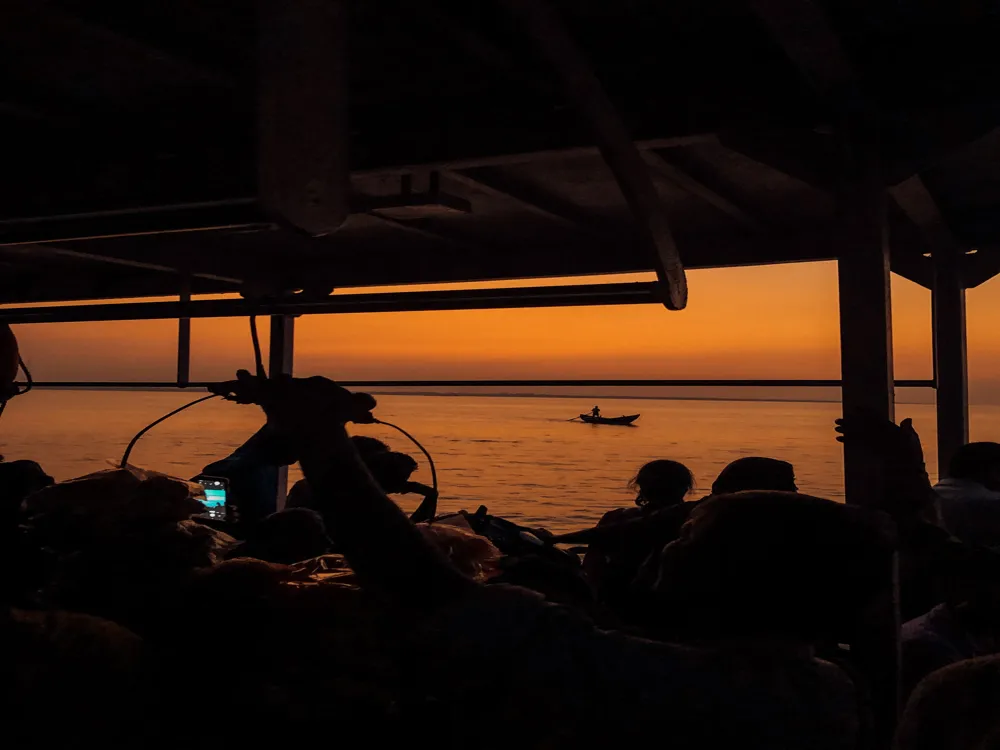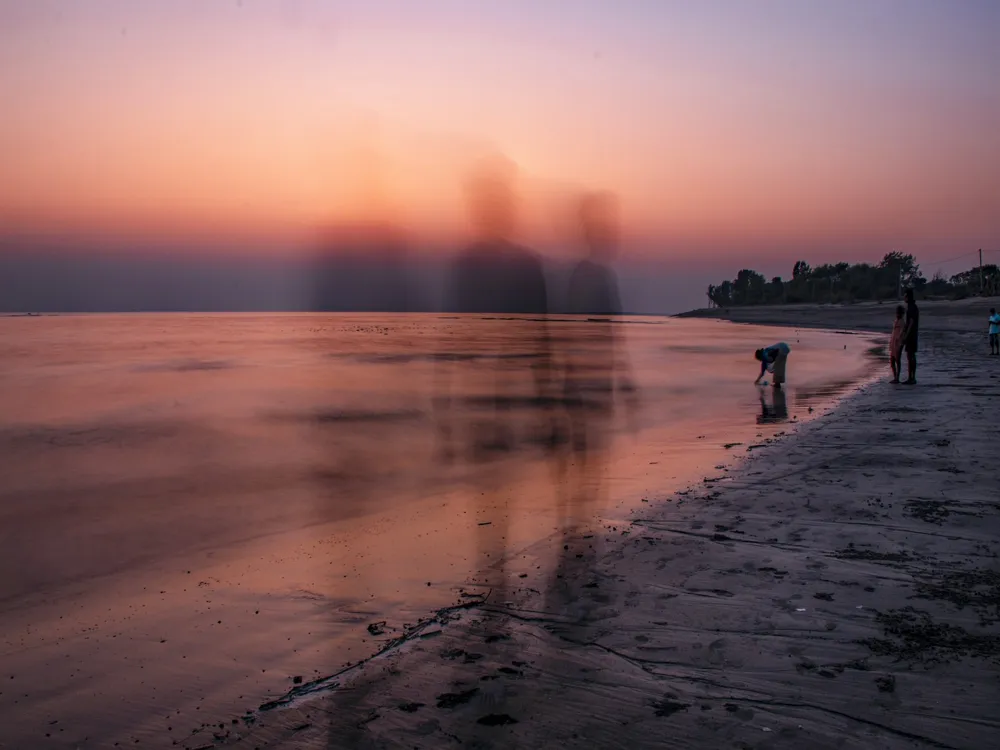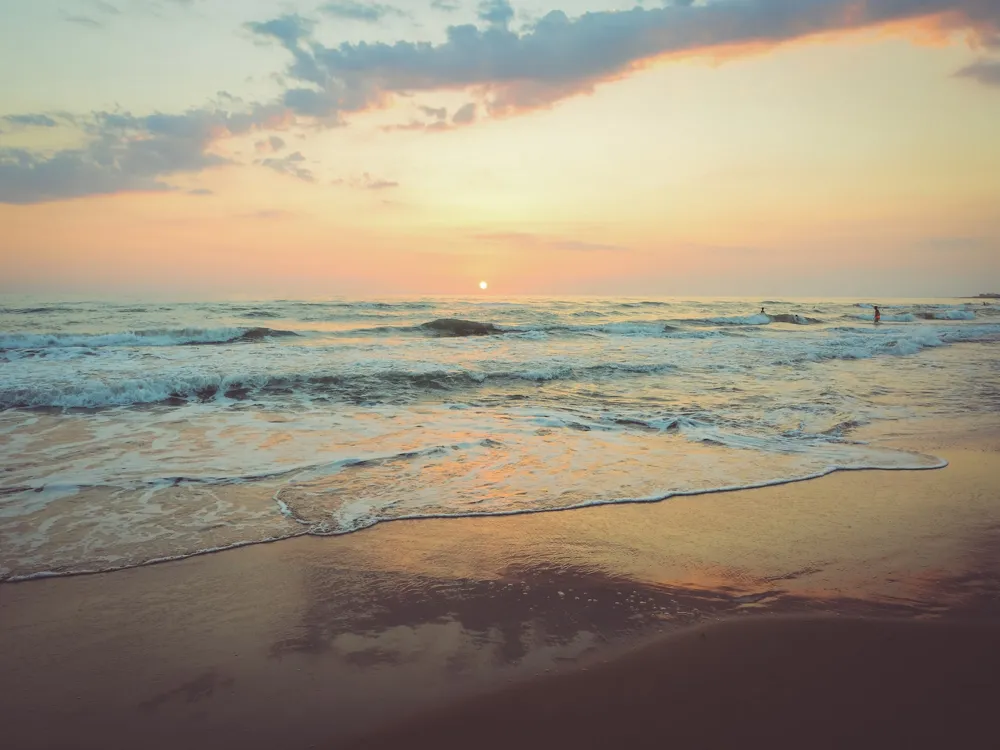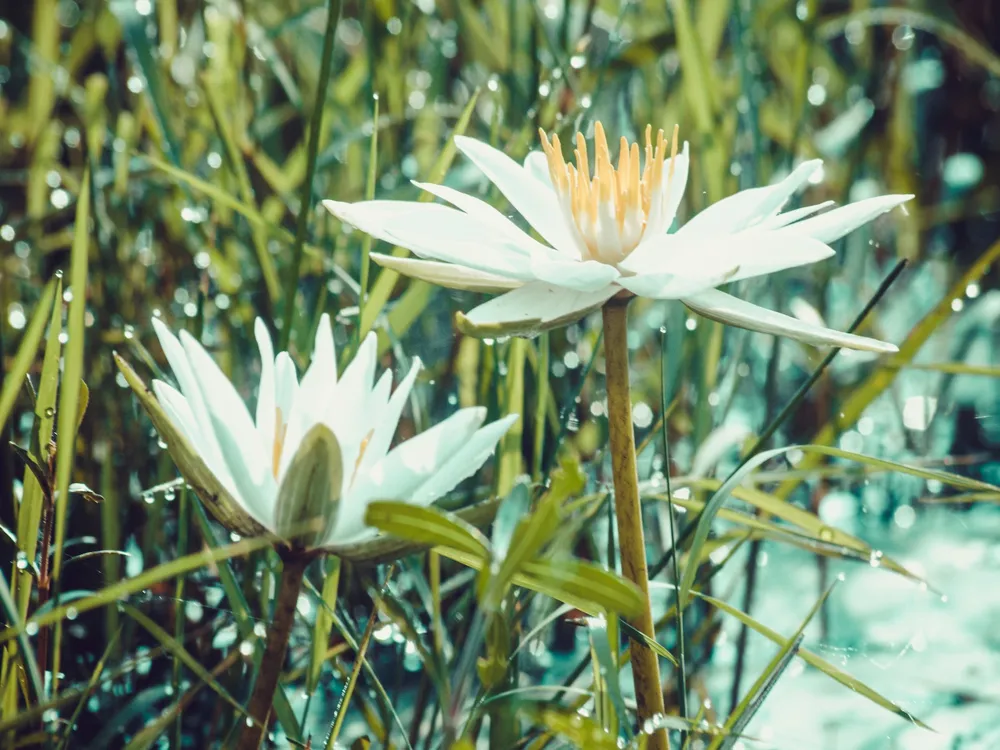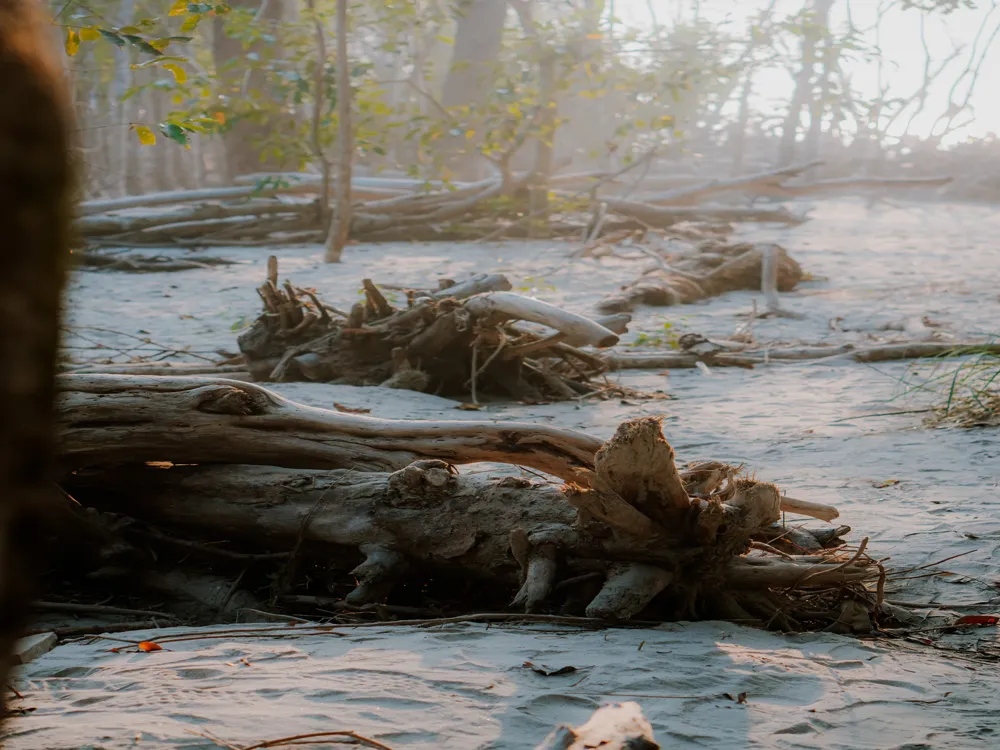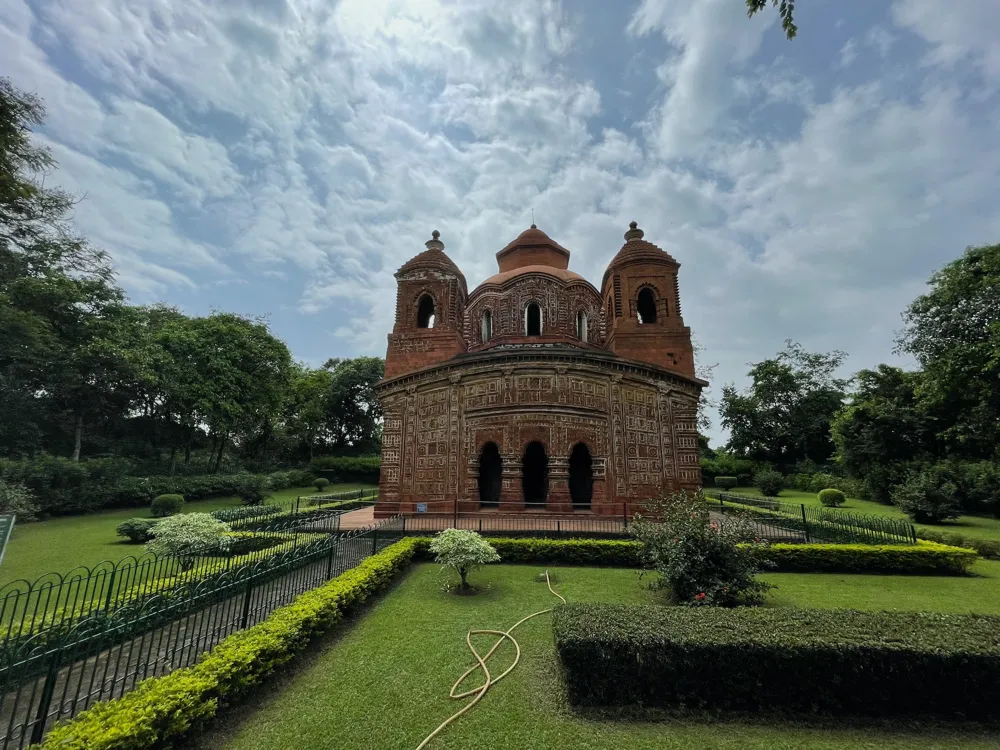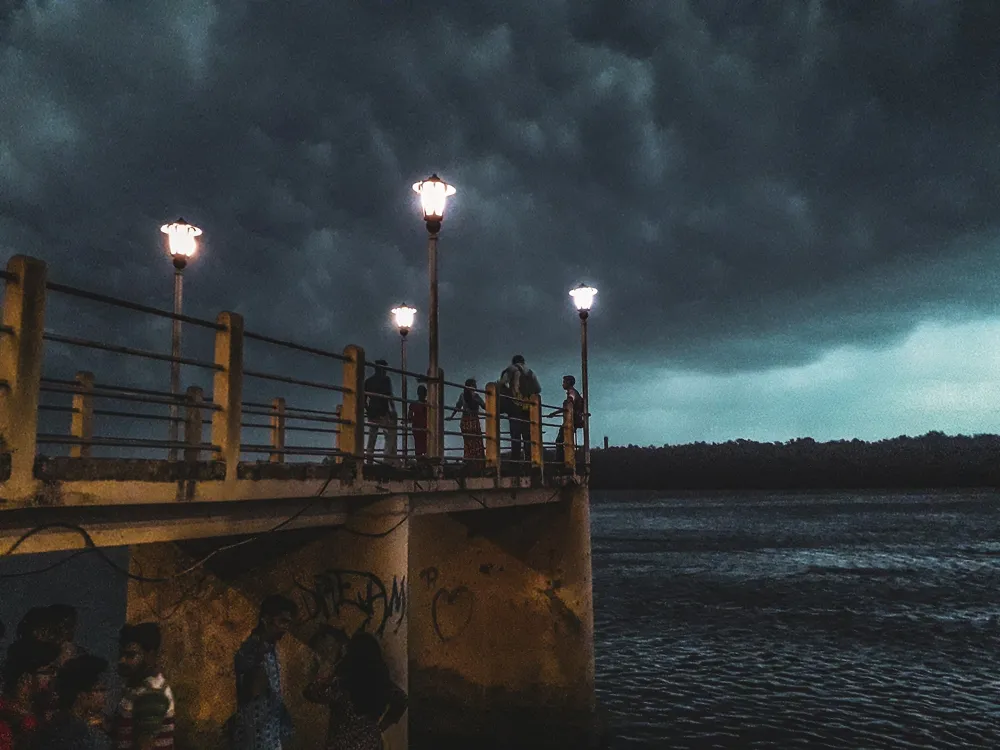Haldia, a thriving city in the eastern Indian state of West Bengal, is a tapestry of vibrant culture and rapid industrial growth. Nestled at the confluence of the Haldi River and the Hooghly River, it serves as a major riverport for Kolkata, approximately 50 kilometers upstream. This city, though often overshadowed by its more prominent neighbor, Kolkata, has a unique charm and significance that merits exploration. Its strategic location has made it a pivotal point for maritime trade and industrial activities, especially petrochemicals, and it is home to one of the largest chemical hubs in India.
The city's inception dates back to the 1960s when the Government of West Bengal, recognizing the need for a port away from Kolkata's congestion, embarked on an ambitious project to develop Haldia. Over the years, it has transformed from a mere port city into a hub for major industries, education, and cultural activities. This evolution has shaped not only its economic landscape but also its social and cultural milieu, making it a melting pot of traditional Bengali culture and modern industrialization.
Haldia's culture is a harmonious blend of its rich historical past and its contemporary industrial identity. Festivals like Durga Puja and Rath Yatra are celebrated with great pomp and show, reflecting the deep-rooted Bengali traditions. The city's cuisine, heavily influenced by Bengali flavors, offers a variety of delectable dishes, predominantly featuring fish and rice. Haldia also plays host to several cultural events throughout the year, including the Haldia Utsav, which showcases local art, music, and dance.
The city's educational infrastructure is noteworthy, with several institutes of national importance, including the Indian Maritime University and Haldia Institute of Technology. These institutions attract students from all over the country, adding to the city's diverse demographic. The economic growth spurred by the port and the industrial sector has led to rapid urban development, with modern amenities and infrastructure gradually shaping the cityscape.
Despite its industrial backdrop, Haldia is not devoid of natural beauty. The riverside offers picturesque views, especially at sunset, and the city is dotted with several parks and green spaces. For nature enthusiasts, the nearby regions offer verdant landscapes and a serene environment, perfect for weekend getaways.
In conclusion, Haldia is a city that encapsulates the essence of modern development while retaining its cultural heritage. Its strategic importance, cultural vibrancy, and industrial prowess make it a city worth exploring, offering a unique perspective on the growth and development of eastern India.
Haldia's architecture is a fascinating amalgamation of industrial design and traditional Bengali styles, reflecting the city's dual identity as both a major industrial hub and a cultural center. The industrial areas are dominated by large, functional structures such as refineries, factories, and the sprawling port facilities. These buildings, characterized by their utilitarian design, stand as a testament to the city's role in India's maritime and industrial sectors.
Contrasting these industrial landscapes are areas that reflect the rich cultural heritage of Bengal. Traditional Bengali architecture, with its distinctive features, can be seen in older parts of the city and in rural areas nearby. This style is characterized by its intricate terracotta work, elaborate balconies, and sloped roofs. The influence of British colonial architecture is also evident in some of the older buildings, a remnant of India's colonial past.
In recent years, Haldia has seen a rise in modern architectural developments, with the construction of new residential complexes, educational institutions, and commercial buildings. These structures often blend modern design with traditional elements, creating a unique aesthetic that is both contemporary and rooted in Bengali culture. The use of local materials and motifs in these buildings helps to maintain a connection with the region's architectural heritage.
One notable aspect of Haldia's architecture is the emphasis on sustainability and green building practices. With the city's growth and industrial expansion, there has been a conscious effort to incorporate eco-friendly designs and technologies in new constructions. This approach is evident in the use of renewable energy sources, efficient waste management systems, and the creation of green spaces within the urban landscape.
Haldia's architectural evolution mirrors its journey from a small riverside settlement to a major industrial city. The blend of industrial, traditional, and modern elements in its architecture tells the story of a city that has embraced progress while staying true to its roots. As Haldia continues to grow, its architecture is likely to evolve further, reflecting new influences and innovations while preserving its unique character.
The ideal time to visit Haldia is between October and March when the weather is pleasant, and the humidity levels are lower. This period also coincides with several local festivals, offering a chance to experience the city's vibrant culture.
Haldia offers various transportation options, including buses, taxis, and auto-rickshaws. For a more authentic experience, try the local cycle rickshaws. It's advisable to negotiate fares in advance to avoid any confusion.
There are numerous accommodation options in Haldia, ranging from budget hotels to more luxurious stays. It's recommended to book in advance, especially during festival seasons or major events.
Respect local customs and traditions. Dress modestly, especially when visiting religious sites. It's also polite to remove your shoes before entering someone's home or a place of worship.
Don't miss out on trying local Bengali cuisine, which is known for its distinct flavors and use of fish and rice. Street food is also a must-try, but ensure to eat at clean and reputable places.
Haldia is well-connected by road, rail, and water. The nearest major airport is in Kolkata, from where you can take a bus or hire a taxi to Haldia. The city also has its own railway station, Haldia Railway Station, with regular trains connecting it to major cities in India. Additionally, there are ferry services from Kolkata to Haldia, offering a scenic route along the Hooghly River.
Overview of Haldia, West Bengal
Architecture of Haldia
Tips When Visiting Haldia
Best Time to Visit
Local Transportation
Accommodation
Cultural Etiquette
Local Cuisine
How To Reach Haldia
Balughata Riverside Sunset Point
Haldia
West Bengal
NaN onwards
View haldia Packages
Haldia Travel Packages
View All Packages For Haldia
Top Hotel Collections for Haldia

Private Pool

Luxury Hotels

5-Star Hotels

Pet Friendly
Top Hotels Near Haldia
Other Top Ranking Places In Haldia
View All Places To Visit In haldia
View haldia Packages
Haldia Travel Packages
View All Packages For Haldia
Top Hotel Collections for Haldia

Private Pool

Luxury Hotels

5-Star Hotels

Pet Friendly









